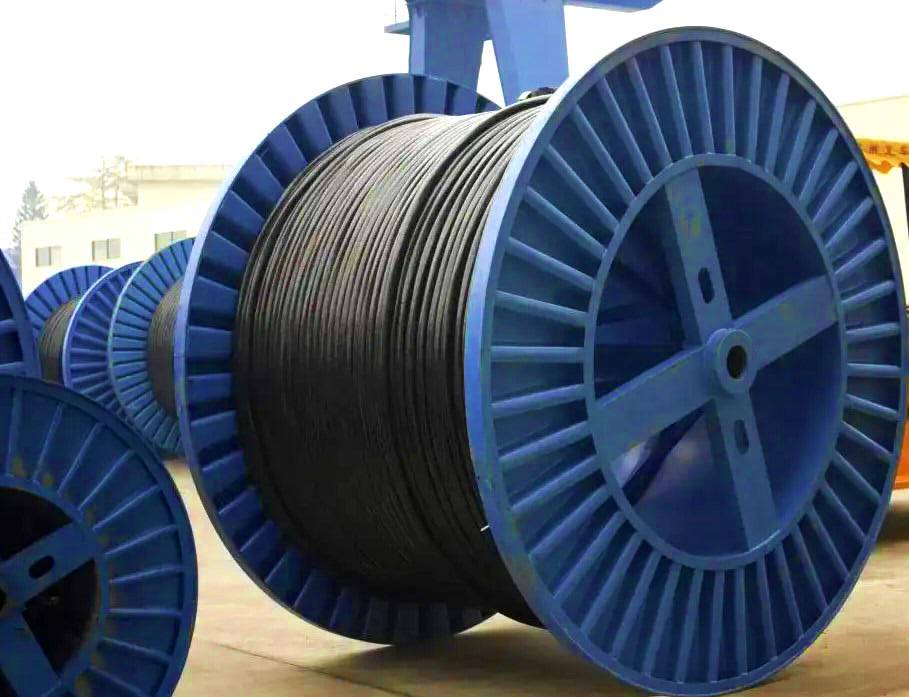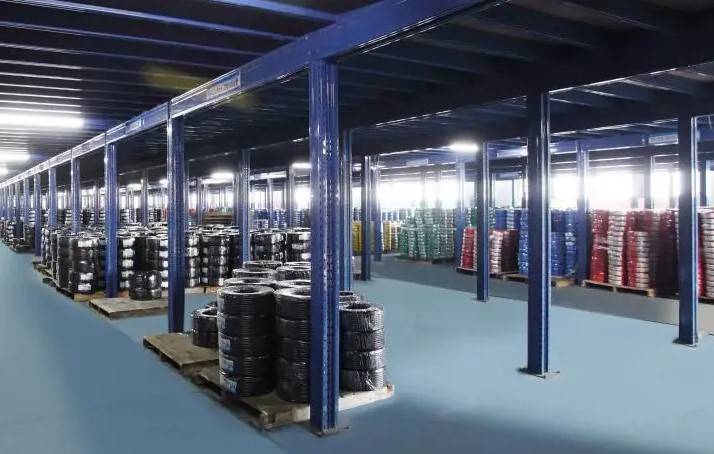It can be said that wire and cable play an indispensable role in the electrical and electronic industry.. Due to the characteristics of electrical cables, your storage, use and transportation must meet certain requirements to ensure the quality of the products and the safety of their use.

Storage standards for electrical wires and cables:
If the electrical cables are going to be stored for a long time, The following issues must be taken into account depending on the place of storage and use of the cables.
1. Cables laid in underground trenches. This environment is easier to control. The cable trench should be checked regularly to see if it is dry.
2. indoor cables. Standard cables can be used as long as they are not exposed to direct sunlight or ultra-high temperatures. Tubes can also be used to hold cables.
3. Overhead cables. Cable sag and pressure must be taken into account when deciding which cable bundle to use. Keep in mind that the cable is directly exposed to sunlight.
4. Cables placed in exterior walls. Avoid direct sunlight on the wall and human damage.
5. Cables in underground conduits. To facilitate future cable upgrades, as well as its replacement, the cable surface is isolated from the environment by auxiliary conduits. Nevertheless, don't expect ducts to stay dry at all times.
6. cables in the pipeline (plastic or metal). Attention should be paid to the problem of plastic pipe damage and the problem of heat conduction in metal pipes.

Safety requirements for electrical wires and cables:
1. when the wires cross, the high voltage ones must be below low voltage. If one of the cables is protected by a conduit or separated by a partition within a radius of 1 m before and after the crossing point, a minimum distance of 0,25 m.
2. When the cable crosses the railway or highway, must be protected by a tube. And the protection tube should extend beyond 2m from the railway or road.
3. Sometimes the wires are close to or intersect with the heat pipes. if you are isolated, the minimum distances for the parallel and the crossing are 0.5m and 0.25m respectively.
4. The cable directly buried in the ground and the general grounding device must be separated by 0,25 ~ 0,5 m. The burial depth of the cable underground should generally not be less than 0.7m. And it must be buried under the layer of permafrost.
5. The distance between the cable and the foundation of the building must be such that the cable is outside the water dispersion zone of the building. The cable must be protected by a tube when it enters the building. The protection pipe must also extend beyond the water dispersion zone of the building..
With normal use of the cable and without overload, the useful life of power cord with protective cover is about 15 years. This time can be greatly reduced if improperly stored or used..
We hope this information can help you. ZMS CABLE offer various reliable and economical cables with technical assistance for installation. If you have any questions, Contact us.
